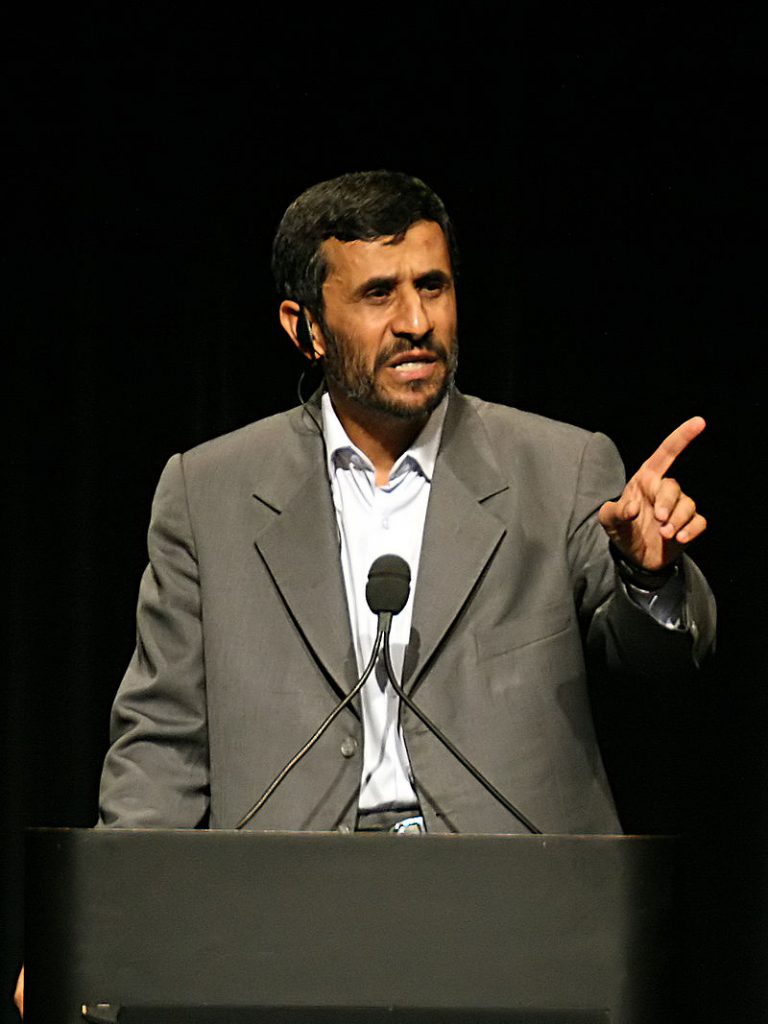Iranian Protest & Revolutionary Cycle
QUESTION: Mr. Armstrong; Many look to you from Iran. Can you please advise as to your cyclical work of Iranian revolutions if you have calculated that out.
Thank you so much. You are a voice in this world.
الله معك
ANSWER: Thank you. I understand the younger generation has starkly different views. Yes, there is a remarkable 26-year cycle in Iran. During August of 1953, the Shah Muhammad Reza Pahlavi, dismissed the Prime Minister Mohammed Mossaddegh after he adopted a nationalist policy by dissolving the parliament and instituted a dictatorial rule by decree. Mossadegh refused to step down and instead arrested the royal messenger delivering the dismissal order. The Shah fled to Italy and that is when the US CIA and British intelligence initiated and executed “Operation Ajax” with the help of conservative Iranians to overthrow Mossadegh. This succeeded and the Shah returned to Iran.
 The Shah then fled 26 years later in 1979 on January 16th to Egypt. Then Sayyid Ruhollah Mūsavi Khomeini (1902–1989) returned to Iran on February 1st, 1979. That began the Islamic State.
The Shah then fled 26 years later in 1979 on January 16th to Egypt. Then Sayyid Ruhollah Mūsavi Khomeini (1902–1989) returned to Iran on February 1st, 1979. That began the Islamic State.
The next target was 2005. This was when Mahmoud Ahmadinejad became the sixth President of Iran from August 3rd, 2005 to August 3rd, 2013. He was also the main political leader of the Alliance of Builders of Islamic Iran, a coalition of conservative political groups in the country. He was controversial both domestically because of his economic policy and internationally moving Iran toward a nuclear armament. He is remembered for publicly stating that Israel should be wiped off the face of the Earth (which some dispute is a translation error).
What is not publicly talked about is the fact that the USA encouraged Iran to adopt nuclear energy beginning in 1957 when they signed a civil nuclear cooperation agreement as part of the U.S. Atoms for Peace program. The USA continued to help move Iran toward nuclear energy under the Shah until the 1979 Revolution.
On January 17th, 2005, Iran offered a proposal to the EU. It included an Iranian commitment not to pursue weapons of mass destruction along with cooperation on combating terrorism, and on regional security, including for Iraq and Afghanistan. They sought cooperation on strategic trade controls, but the proposal was rejected. When Mahmoud Ahmadinejad came to power several months later, he took the country into a hostile confrontation once again with Israel and the West. On August 5, 2005, just 2 days after taking office, Ahmadinejad rejected the pending EU-3 submitted a proposal to Iran pursuant to the Paris Agreement which required Iran to permanently cease enrichment.
Now we are at 2018 and this is the half cycle mark – 13 years from 2005. So the rise of protests is right on target. When will the younger generation succeed in overthrowing the old powers that be once and for all? That will be in 2031. For now, the government still has power and it is not afraid to torture its own people. Things are changing as the younger generation demands change. As the older generation dies off, new beginnings are possible.
Thus, the immediate protest is currently cyclically right on target for 2018 and they will build in intensity as the clash between generations builds domestically.


